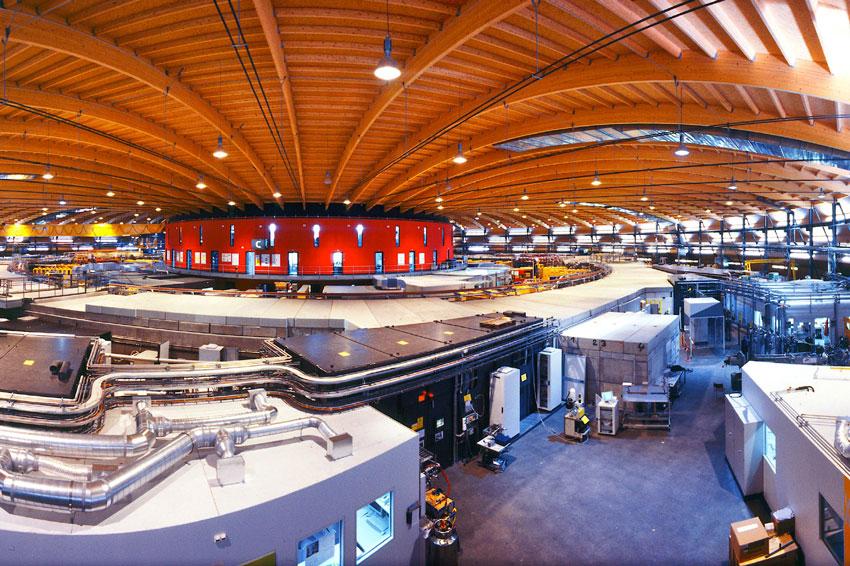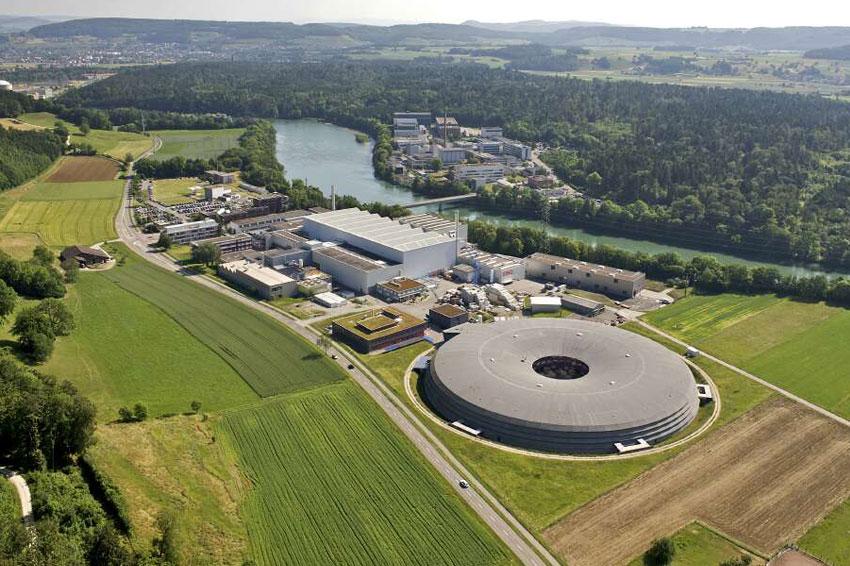Lights out!
29.09.2023 - The Swiss Light Source will shut down temporarily as part of a major upgrade project. It will come back online in 2025.
At 8 o'clock on the morning of Saturday 30 September, the Swiss Light Source SLS, one of Paul Scherrer Insitute’s five large research facilities, will be shut down. It will remain out of operation for research purposes for over a year while the facility undergoes a comprehensive modernization program, the SLS 2.0 upgrade project.
The SLS is Switzerland’s only research facility using synchrotron light. It supplies highly concentrated X-ray light for scientific experiments in many fields, such as physics, materials science, chemistry, biology and medicine. Since it first came into service in 2001, some 22,500 experiments have been performed at the SLS. In addition, external researchers have visited the SLS to conduct scientific experiments around 53,000 times in these 22 years.
The purpose of the current upgrade is to make the high-caliber facility fit to address the scientific challenges of future decades. The upgrade will greatly increase the density of the X-ray light: the beam will be even brighter and collimated stronger. This will allow more samples to be examined at the SLS over the same amount of time or to get more scientific data over the same period. In many cases, performance will improve by up to a factor of forty. In addition, researchers will be able to visualize larger areas of a sample. In other experiments, the resolution of the images will be increased, so that in future it will be possible to investigate even smaller structures, for example in the nanoscale.
The upgrade will mainly affect the 288-metre-long electron storage ring. A new vacuum tube will be fitted, along with around one thousand new, complex magnets that will hold the electrons with high precision on a then improved circular path. The synchrotron radiation they emit is used for scientific research at around twenty beam lines around the ring.
Several new beamlines will also be set up as part of the upgrade, including the future Debye beamline. Here, researchers will be able to study materials and systems, such as catalyzers and batteries, that can contribute towards the energy transition, not only with extreme precision, but under realistic operating conditions.
When the accelerator is switched off now, the SLS will enter what is called the “Dark Time”. This period will last fifteen months: the electron accelerator facility will be restarted in January 2025. From then on, the beam lines will also gradually resume operation. The first scientific experiments are planned for August 2025. By 2026, scientific operations should be fully re-established.
Contact
Paul Scherrer Institut (PSI)
Forschungsstrasse 111
5232 Villigen PSI
Switzerland
+41 56 310-2111








